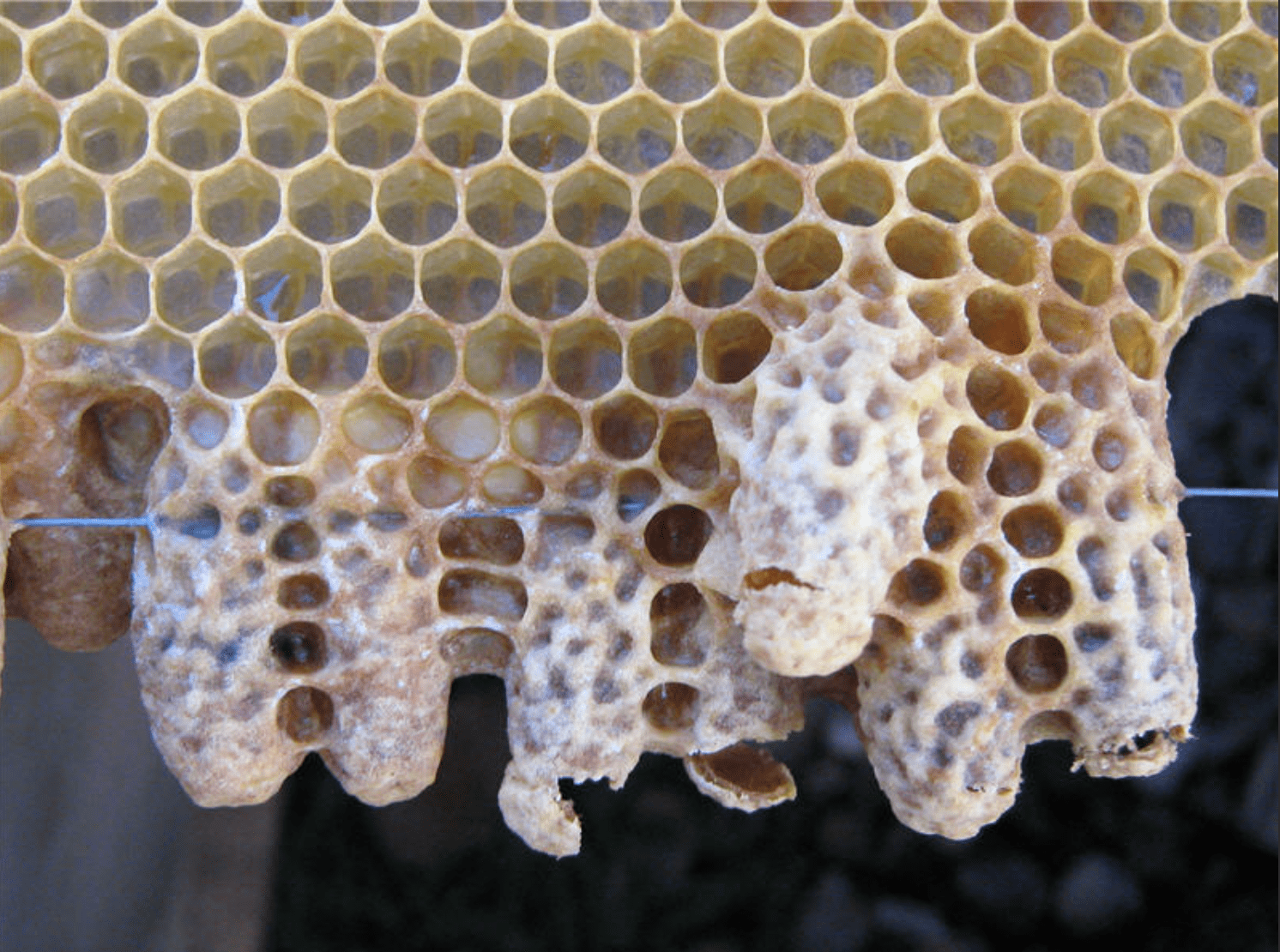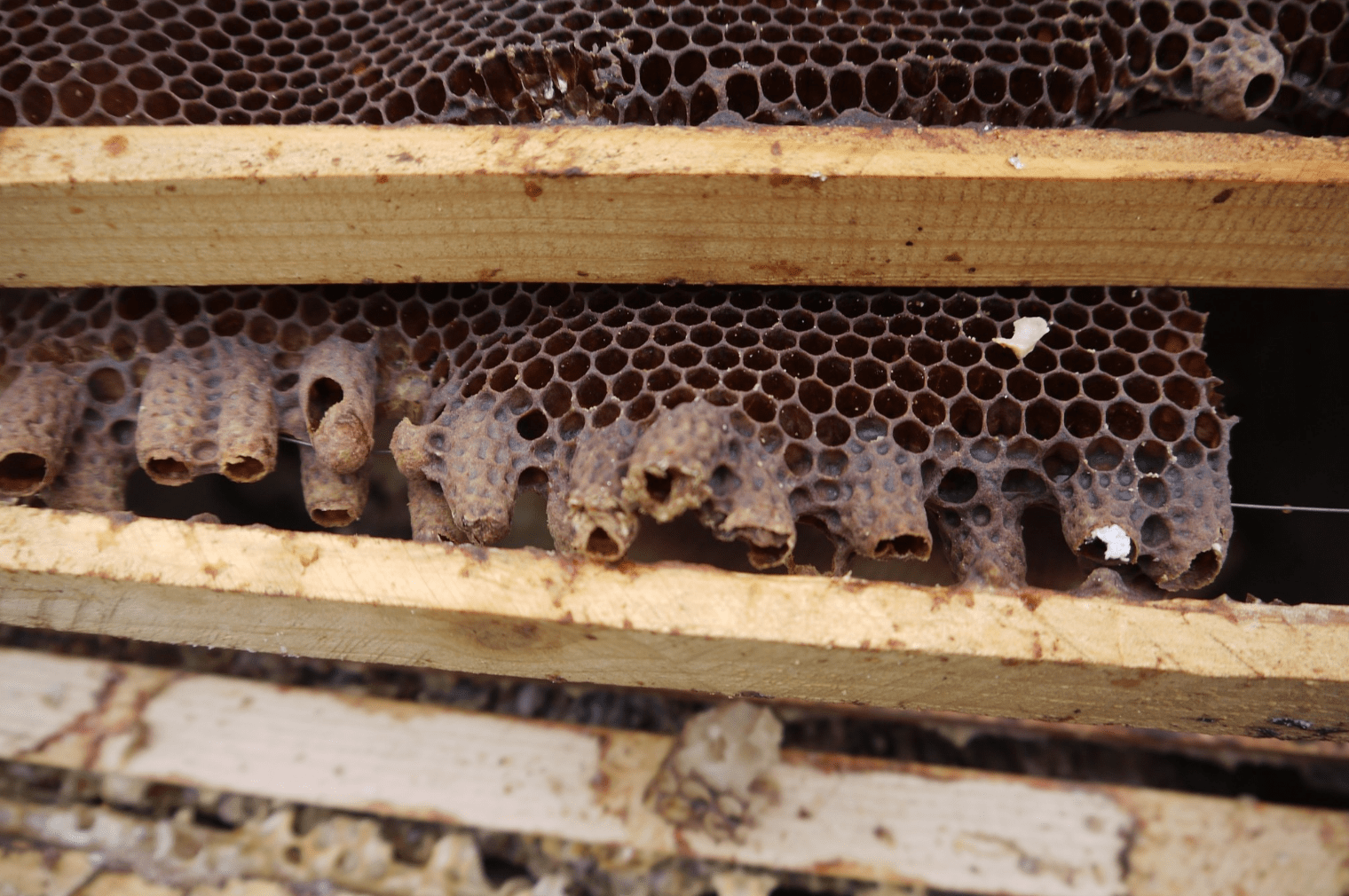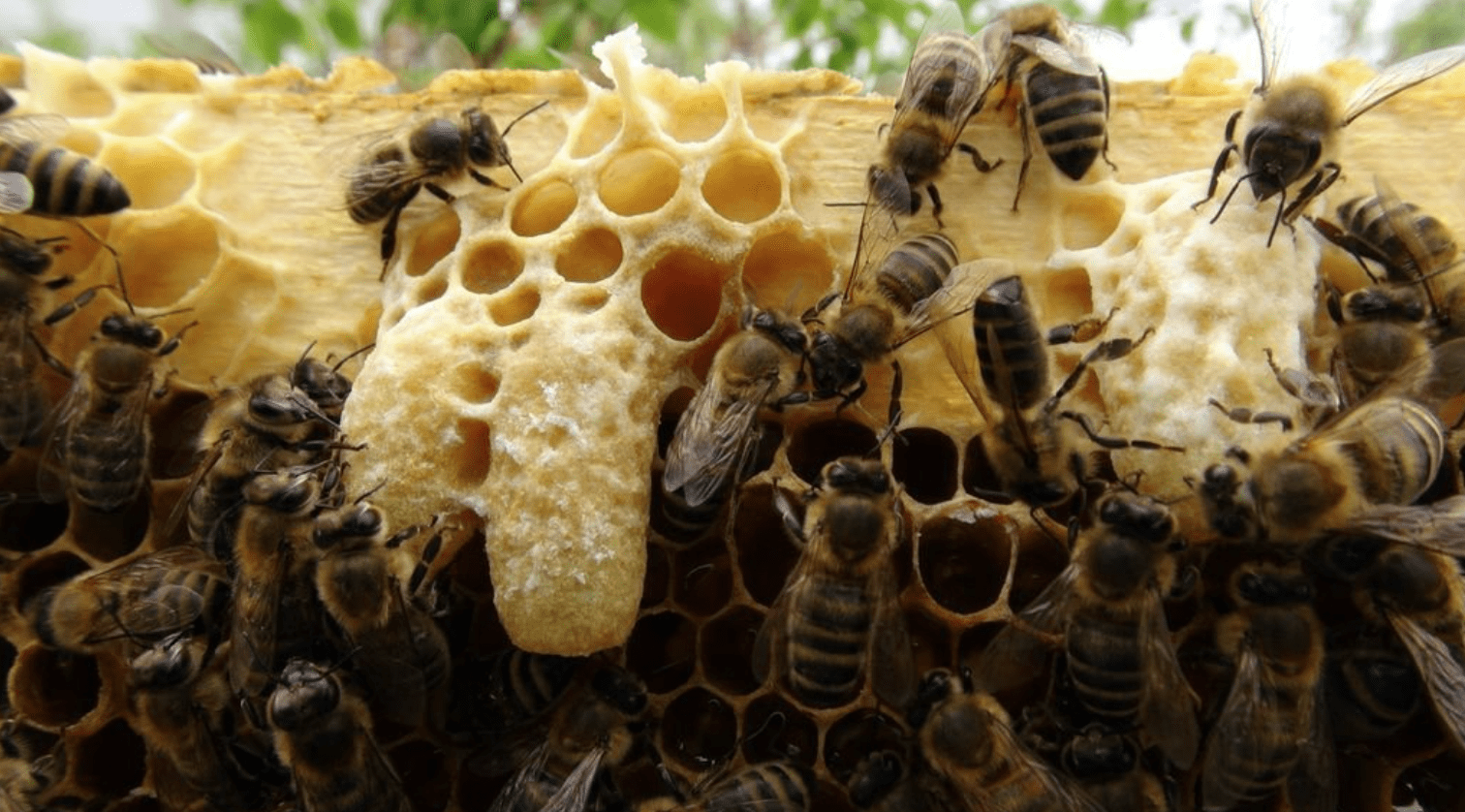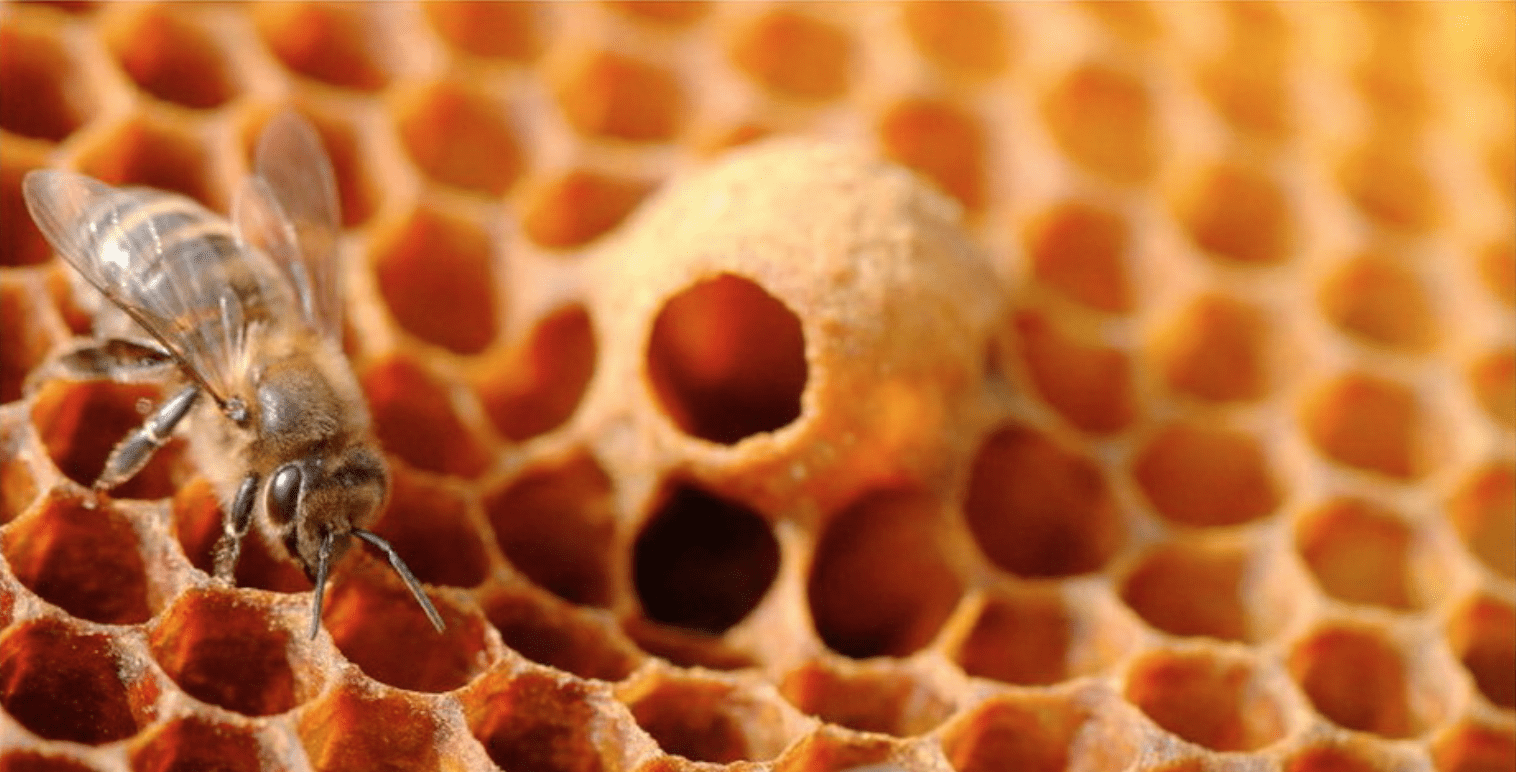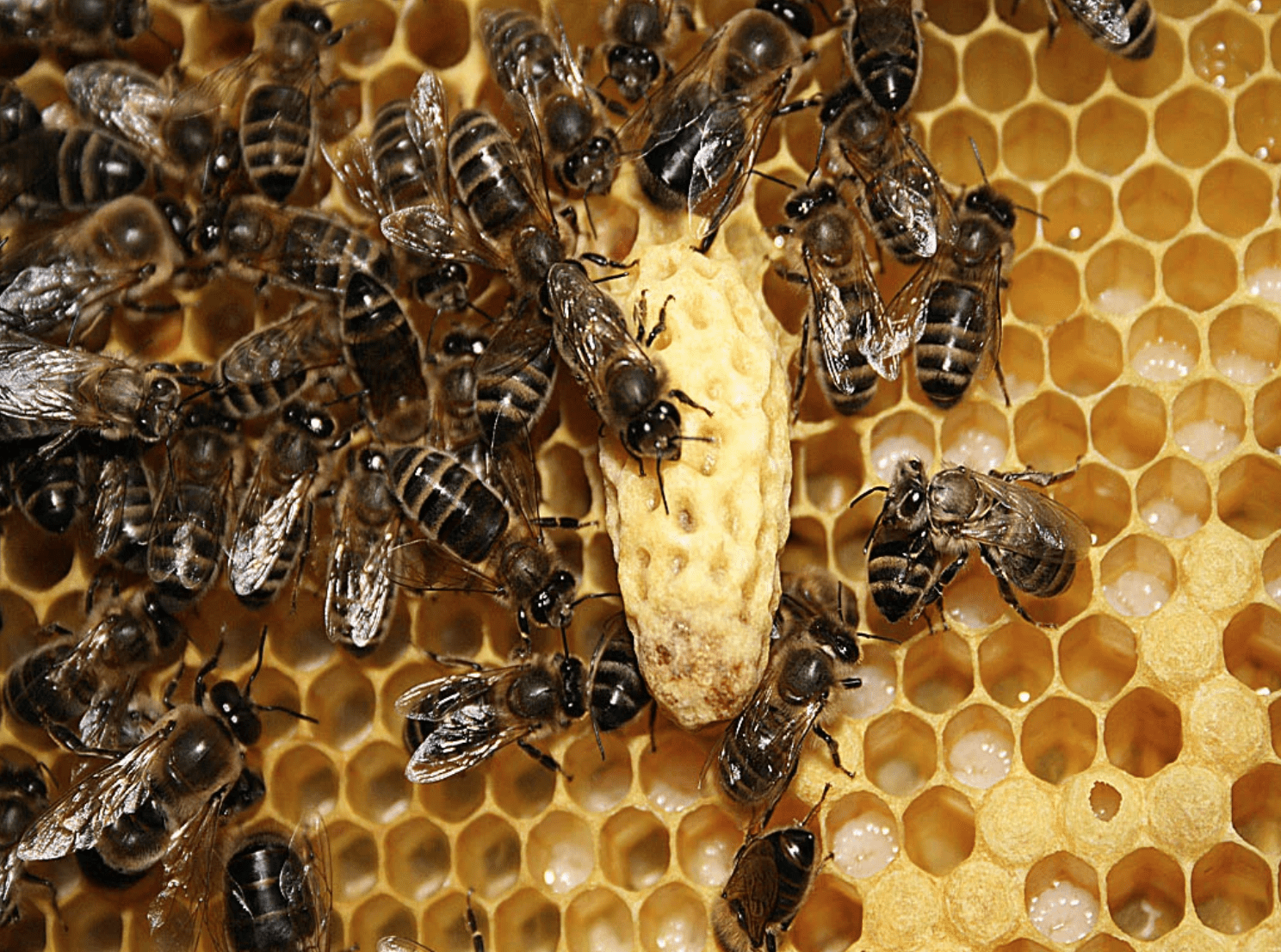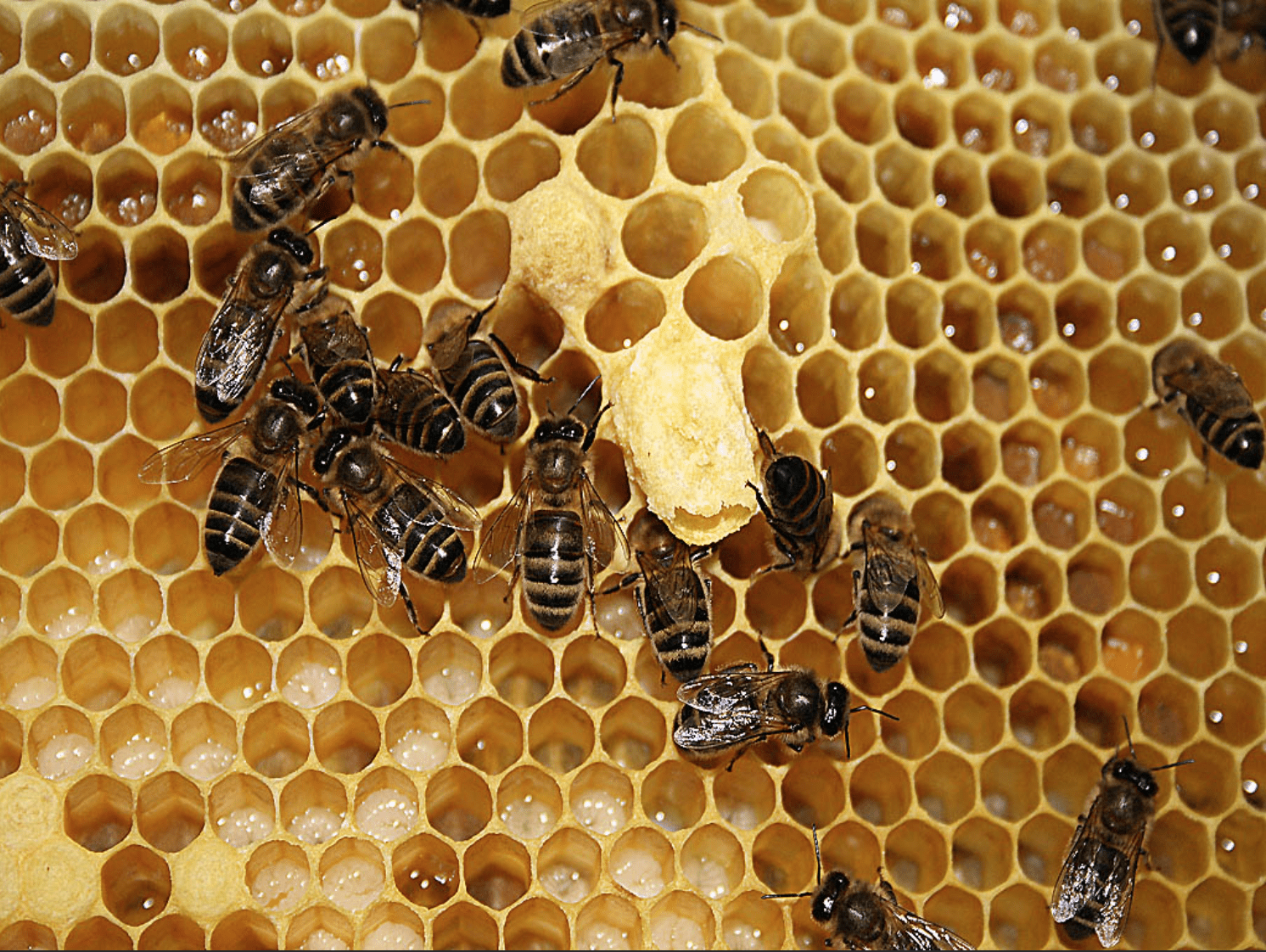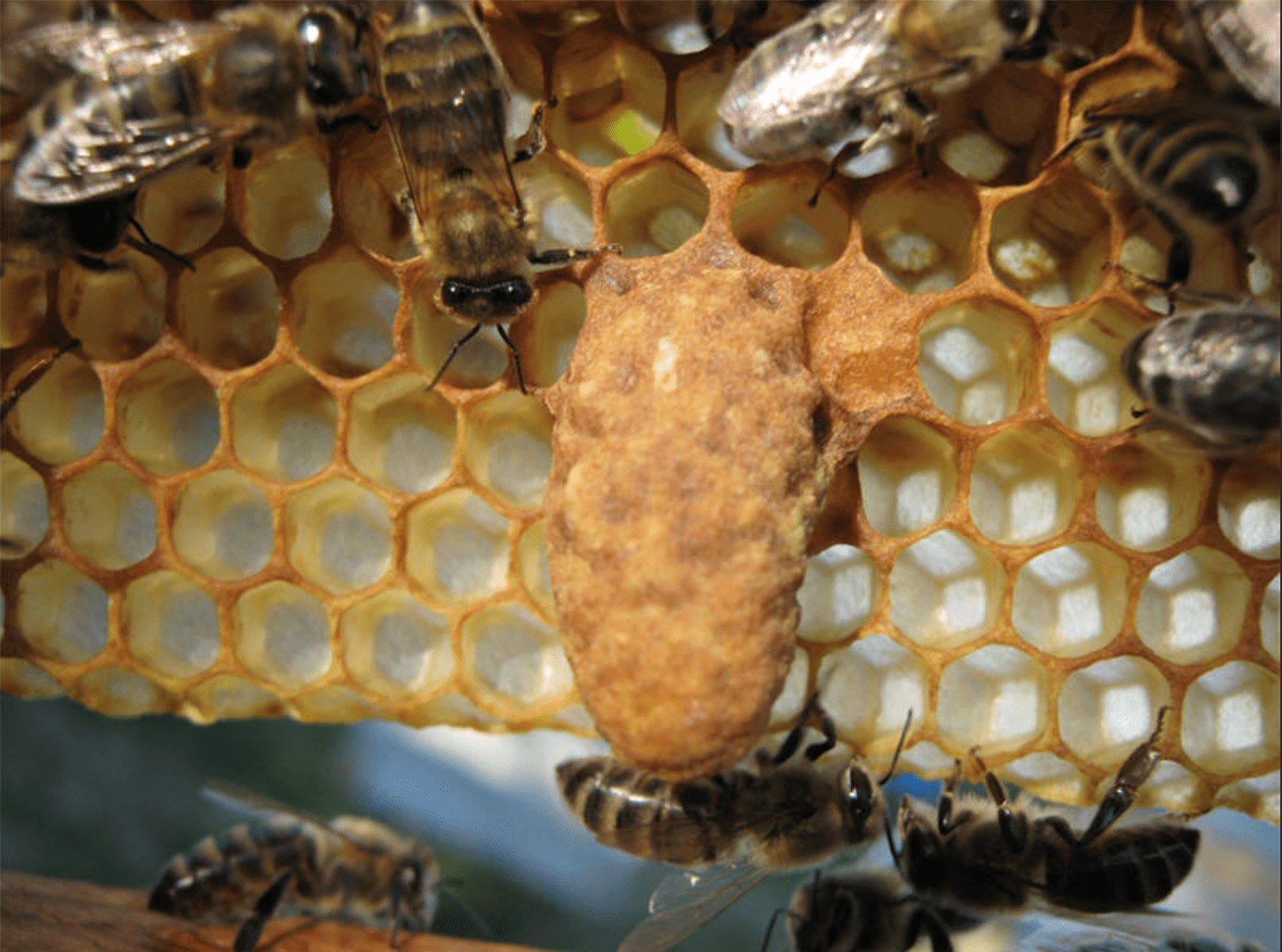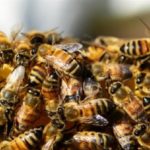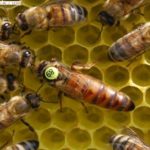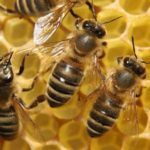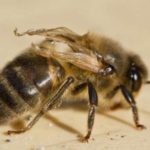Queen cells are specially constructed or expanded cells that are designed to grow queens. During the active period of their life, bees do not make them, since they do not need a queen. The construction of such structures is necessary in the pre-swarm state or when there is a need to replace the current queen bee. At the same time, many beginners are interested in the question of why beekeepers remove swarming queen cells.
What is a queen cell and what does it look like?
Queen cells are the largest cells that bees build. They are used for raising queens.The difference between such structures is that insects build them not during the period of greatest activity, but during certain events.
This may be in preparation for swarming or when it is necessary to obtain a new queen. In the second case, such a need arises when the old queen dies, becomes ill, or loses the ability to lay eggs. The reason for the construction of queen cells affects their variety.
Types of queen cells
There are different types of such structures. They are built in various situations and have certain features.
Fistula
The creation of such cameras is considered a necessary measure. Bees build them when there is a threat of extinction. This happens if the family has lost its queen. In such a situation, the need for a new uterus arises.
In this case, insects choose ready-made honeycombs that contain a young larva. After which the cell size increases thanks to neighboring bowls. Due to this, it turns into a bee queen cell. As the cocoon grows, it is necessary to build on the walls, which have edges that curve downward. At this stage, the larva begins to be fed with milk.
The fistula queen cell has a milky white hue because it is constructed from fresh wax. The creation of the structure is carried out by weak honey bees. As a result, small and unproductive queens appear. This situation occurs when a new queen is added to the layering. Beekeepers usually remove these cocoons.
Swarmers
Such queen cells are made on the edge of the tray. In this case, insects lay honeycombs on the ribs. If it is not possible to construct such a structure, it is located at the edges. Swarm queen cells are characterized by a cup-shaped shape. The beginning is called a bowl. At the same time, the structure has a rounded bottom, smooth walls and a glossy texture.
The thickness of the walls is influenced by the breed of bee, the honeybee, the strength of the family, and the climate of the region. For example, in the north bees make thicker partitions than in the south.
The cocoon is made from recycled beeswax, which is why it has a brown tint. Swarm structures are usually located separately. In more rare cases, this is done in pairs. The size of the queen cell varies greatly. They depend on the amount of feed. The maximum volume of a swarm cocoon is 750-1350 cubic millimeters, and its length is 22-24 centimeters.
Swarm structures allow beekeepers to obtain productive swarms of insects. They collect a lot of honey and wax. In addition, bees have longer proboscis than representatives of families obtained artificially. At the same time, swarming species are prohibited from being left to their own devices.
In addition, they are characterized by a number of disadvantages:
- problems with controlling the number of queen cells;
- impossibility of regulating the timing of species establishment;
- decrease in the productivity of a strong colony during the swarming process;
- risk of unnecessary swarming in the apiary.
Construction
The bees first make a bowl. After which the mother lays an egg there, and the insects fill it with milk. In the absence of a queen, insects build a fistulous queen cell. As the larva grows, the cell also increases. It acquires large sizes and resembles a cocoon in shape. It is formed by insects that have well-developed wax glands.
Stages of development
The larva in the queen cell is characterized by gradual development.The following stages are observed:
- The queen lays eggs.
- On the third day, a transformation is observed. Instead of an egg, a larva appears in the cell. At this stage, the bees feed her generously with royal jelly. This must be done without fail. Such food is considered incredibly valuable and contains a lot of proteins. It allows you to transform an ordinary fertilized insect larva. Thanks to this, she turns into a full-fledged queen bee.
- On the eighth day, the queen cell is sealed. A special cork is used for this. Bees make it from wax and bee bread.
- The sealed queen cell remains in this form for 7-9 days. At this time, the larva gradually pupates.
- On days 15-17, transformation into an adult is observed. After the process is completed, the upper part of the queen cell is printed.
Transfer
It is quite difficult to move a queen bee cell to a new place. It's best to do this with the cell it's on. However, there is no need to rush. The older the larva is, the faster new individuals will accept it.
Opened queen cells or structures that have been recently sealed should not be turned over or exposed to temperatures. A ripe queen cell will easily withstand careful handling. It can also sit at room temperature for 2 hours.
To move the queen cell, you should use a simple method:
- Use a sharp knife to separate the chamber along with the honeycombs. At the same time, the mother liquor itself should not be touched so as not to disturb its structure.
- Cut into a circle with a diameter of 1 centimeter.
- Choose a long stick and split it along its entire length.
- Insert honeycombs between the resulting fragments and fasten the edges with thread.
- Install the structure near the nest.
When transferring, it is worth considering the seasonal factor.In cold weather, the structure should be laid closer to the brood. There the bees are more active and will warm the pupa more efficiently. On warm days, it is recommended to place the sealed chamber at the bottom of the hive. There the bees will be able to provide the larva with warmth.
If the honeycomb is damaged, this area must be carefully sealed with wax. It is recommended to wash your hands thoroughly before the procedure. Foreign odor may remain on the walls, which will negatively affect the transplant. All actions must be performed as quickly as possible so as not to damage the larva.
The day after installing the cocoon, it is important to check it. It is worth considering the following:
- if the bees secured the cocoon to the drift, the transfer procedure was successful;
- the appearance of holes indicates that the bees damaged the wax and got rid of the queen;
- the appearance of an acorn indicates the emergence of the uterus.
After 3 days, insects will completely destroy the wax. In this case, the queen's fate is unknown. If it was not possible to replant the uterus the first time, the procedure should be repeated. If this is also unsuccessful, it is recommended to immediately introduce the finished queen.
Queen cells are considered important structures that are built by bees to produce a new queen. However, sometimes beekeepers have to remove them. This must be done when there is an excess of them or a decrease in the productivity of a strong bee colony.

